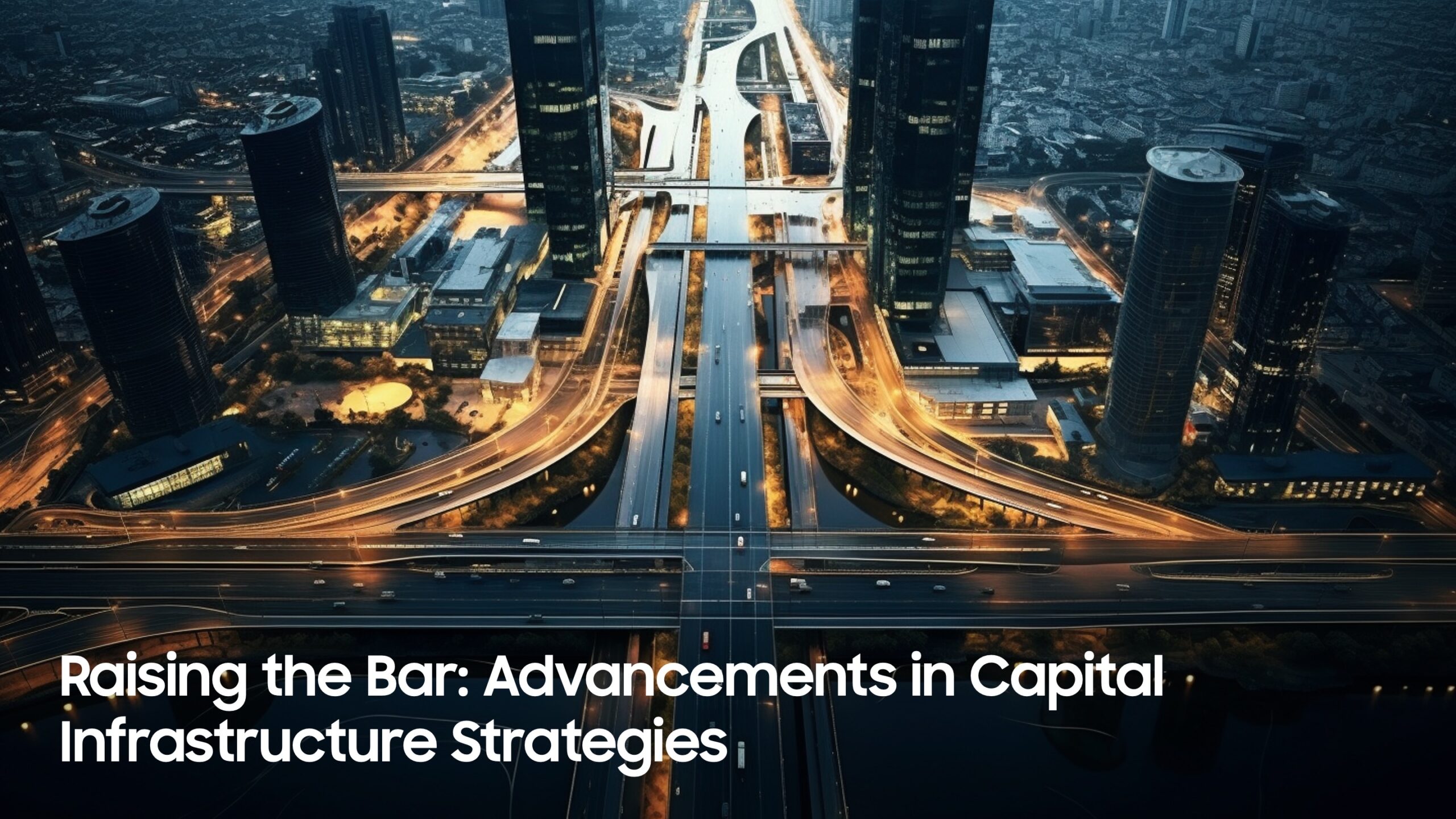
Raising the Bar: Advancements in Capital Infrastructure Strategies
In the ever-evolving landscape of modern society, capital infrastructure remains the lifeblood of progress. It is the sinew that binds communities, enabling growth, connectivity, and economic prosperity. In recent years, we have witnessed remarkable advancements in capital infrastructure strategies, underpinned by data-driven insights and innovative approaches. This article explores the transformative developments in this critical field, showcasing real statistics, their sources, and the profound impact they are having on our world.
1. Smart Cities Revolution
Smart cities are no longer a distant vision of the future but a tangible reality today. According to a report by MarketsandMarkets, the global smart cities market size crossed $511.6 billion in 2022 and is forecasted to exhibit a CAGR of 14.9% to reach $1024.4 billion by the end of 2027. These cities employ technology to improve infrastructure efficiency and enhance the quality of life for their citizens. From intelligent transportation systems and energy management to e-governance solutions, cities worldwide are investing in innovative strategies to optimize their capital infrastructure.
2. Sustainable Infrastructure Investment
The world's increasing concern for sustainability has significantly influenced capital infrastructure strategies. According to the Global Infrastructure Hub, governments and private sector investors are increasingly focusing on environmentally responsible projects. Globally, there is a growing trend towards green infrastructure development, as it aligns with the United Nations Sustainable Development Goals.
3. Public-Private Partnerships (PPPs)
To address the growing infrastructure investment gap, governments are increasingly turning to Public-Private Partnerships (PPPs). PPPs allow private sector expertise and capital to be leveraged in combination with public resources. The World Bank reports that PPPs have successfully delivered critical infrastructure projects, improving service delivery and reducing the financial burden on governments.
4. Infrastructure Resilience
With climate change intensifying, the need for resilient infrastructure has never been more critical. The American Society of Civil Engineers (ASCE) estimates that the United States requires a $2.59 trillion investment in infrastructure over the next decade to maintain and improve its overall resilience. This includes investments in infrastructure that can withstand extreme weather events, sea-level rise, and other climate-related challenges.
5. Digital Twins
One of the most exciting innovations in capital infrastructure is the concept of digital twins. This technology involves creating a digital replica of a physical asset, allowing real-time monitoring, analysis, and predictive maintenance. According to MarketsandMarkets, the digital twin market is expected to grow from $10.1 billion in 2023 to $110.1 billion by 2028, at a CAGR of 61.3%.
In conclusion, advancements in capital infrastructure strategies are reshaping the way we build and maintain the foundations of our societies. The smart cities revolution, sustainability initiatives, data-driven decision-making, public-private partnerships, infrastructure resilience, and digital twins are at the forefront of these changes.
These developments are not just enhancing our infrastructure but also our quality of life, resilience to challenges, and the future of our planet. As we move forward, it is imperative that we continue to innovate and invest in capital infrastructure, raising the bar ever higher.